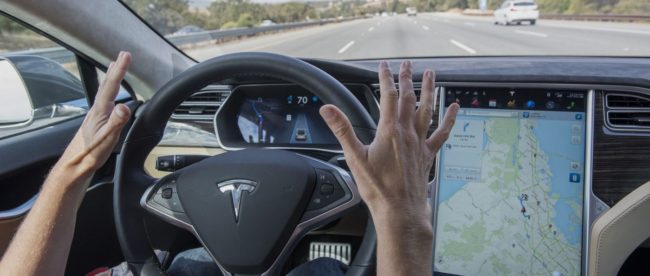No One Cares That You Drive A Tesla
Alsion students and parents alike are no stranger to the Tesla, a car that has come to signify much more than just wheels and an engine to Bay Area residents. In this article, we skip past the usual gripes over Tesla’s treatment of workers or the shaky reliability of the vehicle, and focus on the most irritating part of the Tesla, its driver.
By Nitya Sharma
It’s an epidemic. It’s impossible to drive for more than thirty seconds in the bay area without seeing a Tesla. Model S, Model E, Model X, Model Y, Red, White, Black, and Blue– the Teslas are taking over the roads, and their drivers need to stay in their lane.
Now, before grinding too many gears, it is prudent to note the good Tesla has done for the electric vehicle industry and the numerous benefits of switching to battery-powered vehicles. The automotive behemoth was not the first to create electric vehicles but it was undoubtedly the first to commercialize them, increasing not only consumer access to EV’s, but their commercial appeal as well.
The mission of Tesla’s founders, Eberhard and Tarpenning, was to design and manufacture the first luxury performance EV. In 2008, they achieved their goal with the introduction of the roadster, a high-end vehicle that cost over $100,000 and looks vastly different from the Tesla’s seen on the road today. In fact, Tesla only began producing commercial vehicles such as the Model S sedan or the Model X SUV because the company was consistently finishing business quarters in the negative. Now, Tesla is not only a car company, but vying to be a major player in the sustainable energy movement, producing both solar roof tiles and batteries to store solar energy. In 2016, Tesla even worked alongside the US Department of the Interior and American Samoa to power the island of Ta’u completely using solar energy stored in Tesla batteries.
Of course, the company has also had its fair share of controversies, but, despite its questionable workplace environment, the hypocrisy surrounding its sustainability goals, and CEO Elon Musk’s childlike outbursts, none of Tesla’s flaws as a business are beyond the normal realm of similar-scale operations. The problem with Teslas are the people who drive them.
Yes, it is widely acknowledged that people view their cars as a status symbol. The irony is that when Tesla drivers do this, they are directly contradicting the anti-consumerist, environmentally-conscious, sustainable agenda that they flaunt— and boy, do they love to flaunt it. The number of Teslas on the road baring custom license plates that read phrases such as “EW GAS,” “NO PLANET B,” or “EVOLVD” is downright comical, not to mention completely tone-deaf to the vast majority of the population who cannot afford a median $60,000 car. Sustainability is great, but keep the tree-hugger preaching to a minimum. In the same vein as the debate over fast fashion, shaming those with LESS for not purchasing MORE by buying a new car— and Teslas are nearly always bought new because of the nature of EV parts— perpetuates the materialistic, exclusive, consumer-focused mindset that has so heavily contributed to the climate crisis and overconsumption in the first place. Tesla drivers, learn from your engine and stay silent for once. Nobody wants to hear a lecture from their coworker about how their bought-used, 20 year-old Ford is destroying the environment more than a new, two month-old vehicle whose lithium-ion battery will be near impossible to replace if damaged. The car might be a step in the right direction, but the attitude is so last decade.
Sources:


#solastdecade